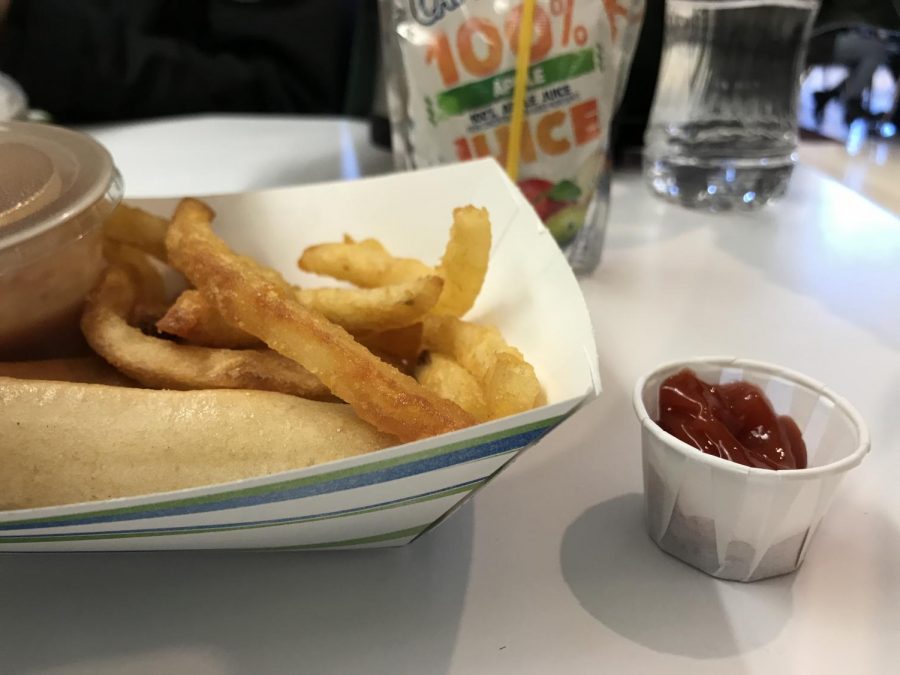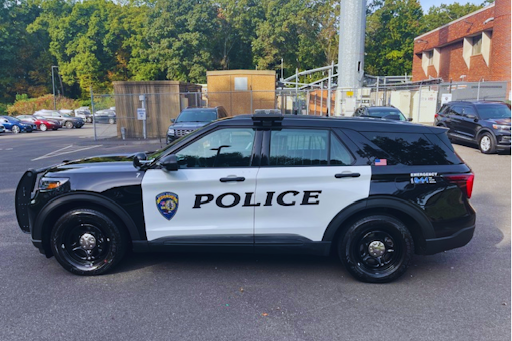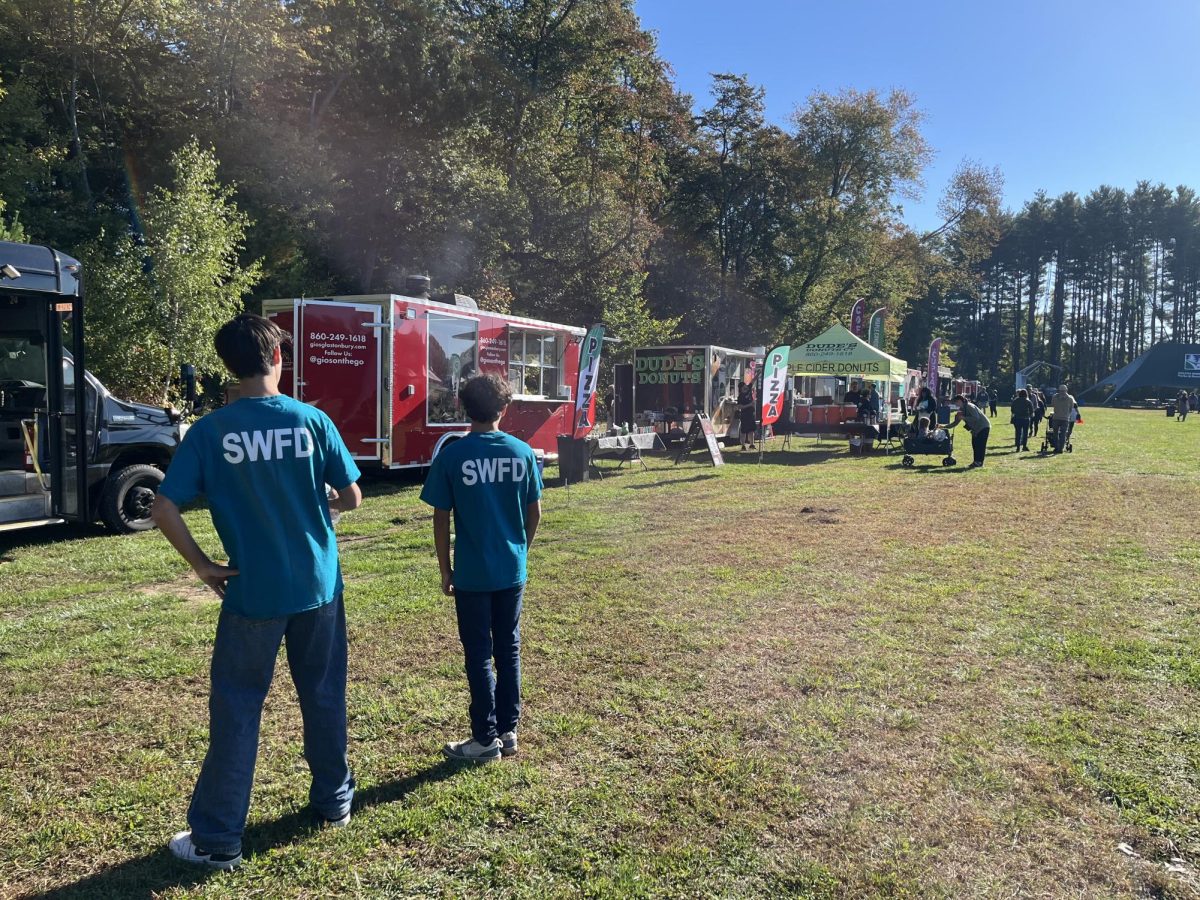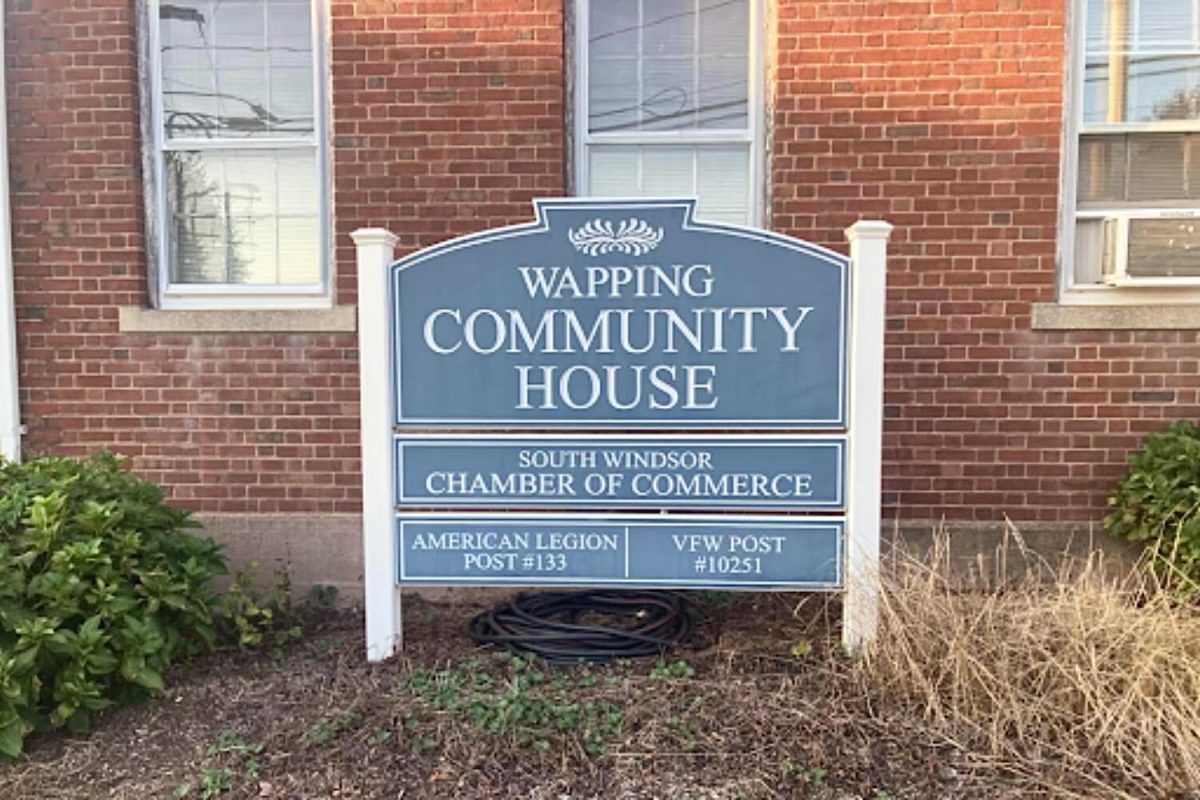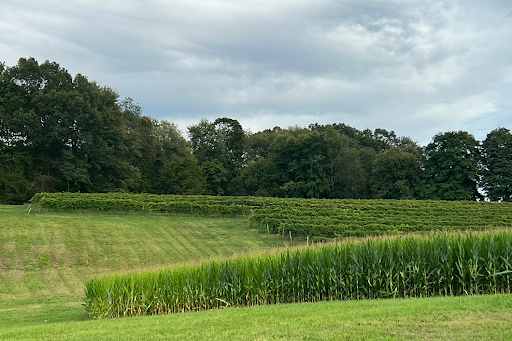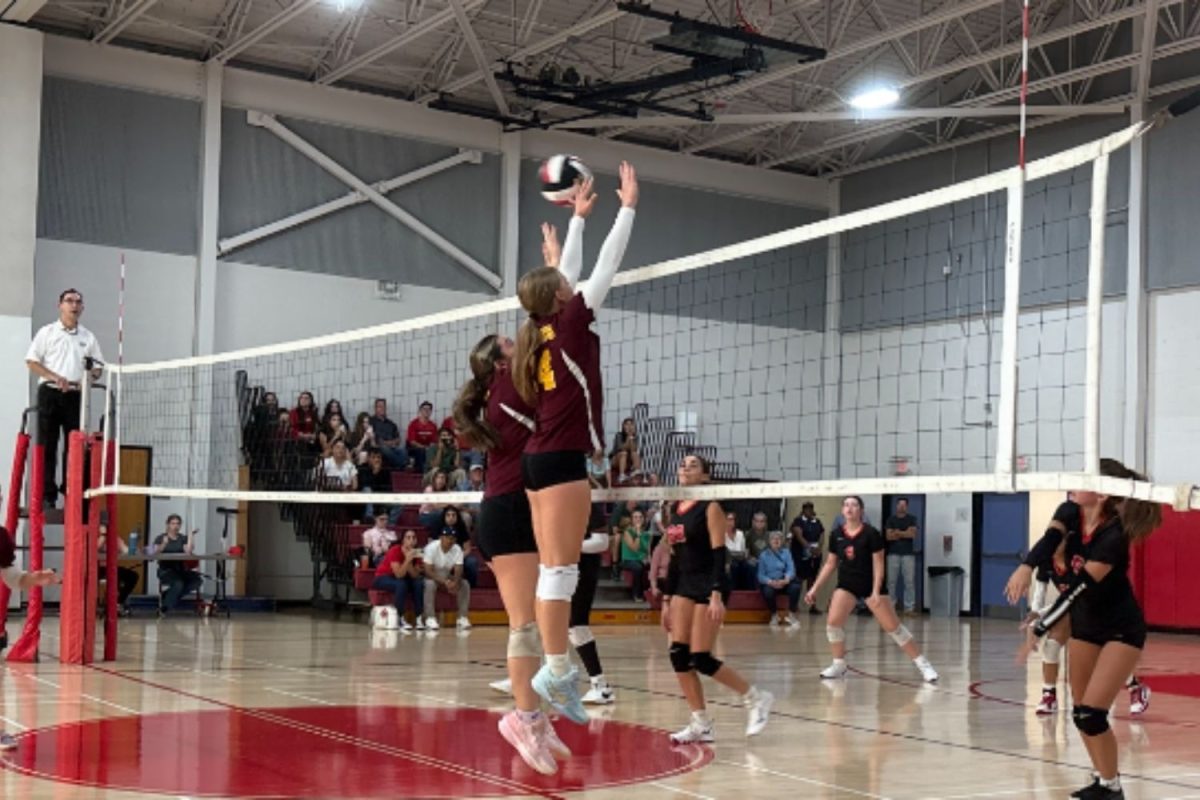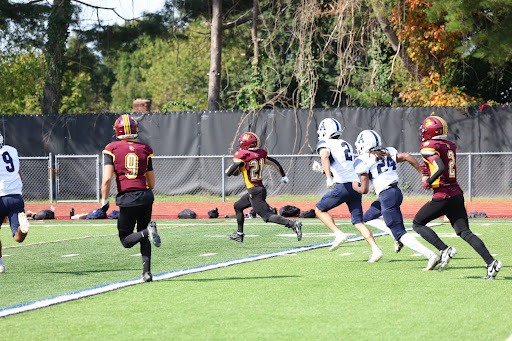The Curly Fry School Lunch Controversy Uncovered, Here’s Why They’ve Been Replaced
March 7, 2019
At SWHS, curly fries are a coveted commodity of school lunch, and many were furious when they disappeared without explanation. With complaints left and right about school lunches, I sat down with both the Director of Dining Services, Greg King, as well as the Resident Dietician for South Windsor Public Schools, Emily Pomykala, to discuss school lunches. Both faculty members explained that the main reason curly fries are gone is a mystery because there are many reasons lunch products are removed from the menu.
As a public school in the state of Connecticut, SWHS must comply with federal as well as state regulations for school lunches. The national breakfast and lunch school program is a program that was started by President Truman as a way to feed children in need as well as use surplus commodities in the country. This program allows for schools like ours to receive reimbursement for free or reduced priced meals. The money received comes from the federal government to the district. Those very specific federal guidelines from the program must be followed in order to receive the reimbursements. To ensure that the district is following the guidelines, it’s audited every three years. To be audited means that for an entire week, officials are looking at every menu, production record, and product made and sold in the cafeterias. Not only are they looking at the products, but they’re also observing to ensure that each student meal follows the USDA, MyPlate guidelines. Those rules dictate that a student meal must include a half a cup of fruit or veggies, as well as two other meal components. When explaining this system, Pomykala expressed that the system is similar to driving: if you want to keep your drivers license and be allowed to drive, you must follow the rules of the road, or face a fine. Any issues in the auditing process results in fines toward the district for not following the rules. She explained the system in a simple way, “If the government gives you money, you have to do what they say.”
While the regulations and ways in which school lunch is regulated are confusing, they are there for a very specific and important reason; student health. The overarching goal of the regulations is to reduce sodium intake. From a nutritionist standpoint, Pomykala explained that sodium is correlated with increases in blood pressure as well as water retention. Sodium intake has become a big issue as a result of processed foods. Since Americans eat out more and eat more processed and refined foods, their sodium intake levels have increased dramatically. As a culture; ease and convenience is attractive to our busy schedules, therefore those types of foods are what we grab for when rushing around.
Though state and federal guidelines are what drive the choices for school lunches, the companies supplying the food are also responsible for what gets placed in our cafeteria. The manufacturers and companies have what’s called an approved product list “APL.” The products lists are often short and change; items like the coveted curly fries can be on the list one day, and removed the next. The manufacturers must make changes in order to comply with K12 regulations. Partner companies that supply different products can also make changes to what they produce, thereby changing what comes into our cafeteria.
As Pomykala somberly noted, the public school lunch system gets “beaten up every which way” by students because of situations like disappearing curly fries. Despite the controversy, she noted that students must understand that the reason products in the cafeteria change are not because someone wants to make lunches taste bad, but because the government, district, and food companies are trying to give students healthy choices for lunch.


